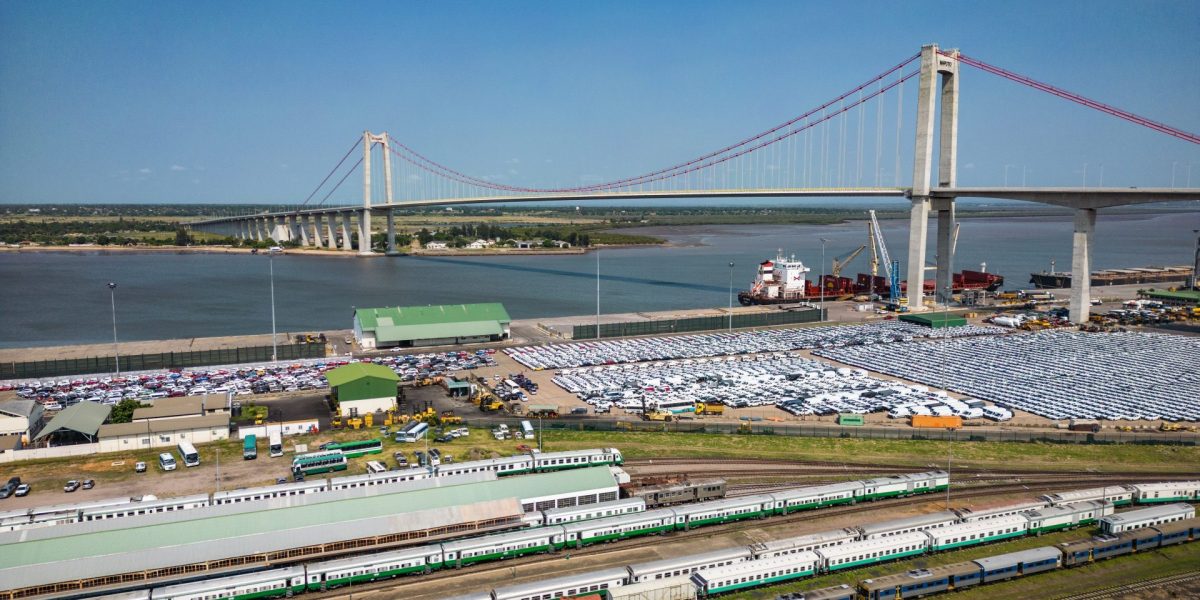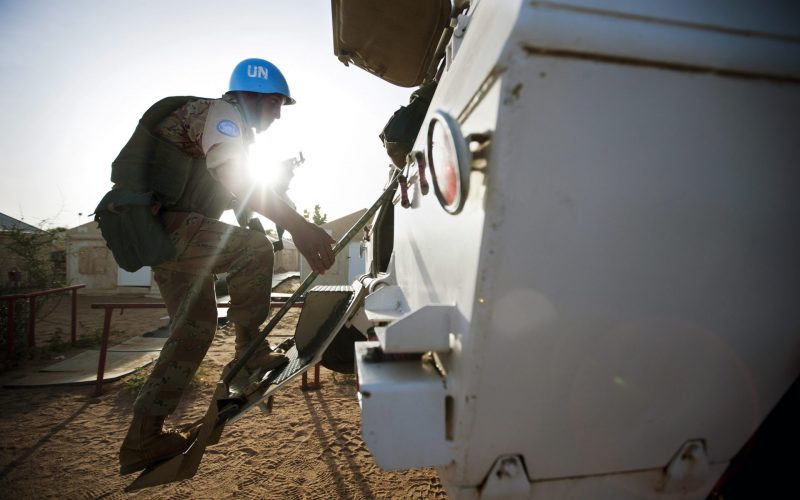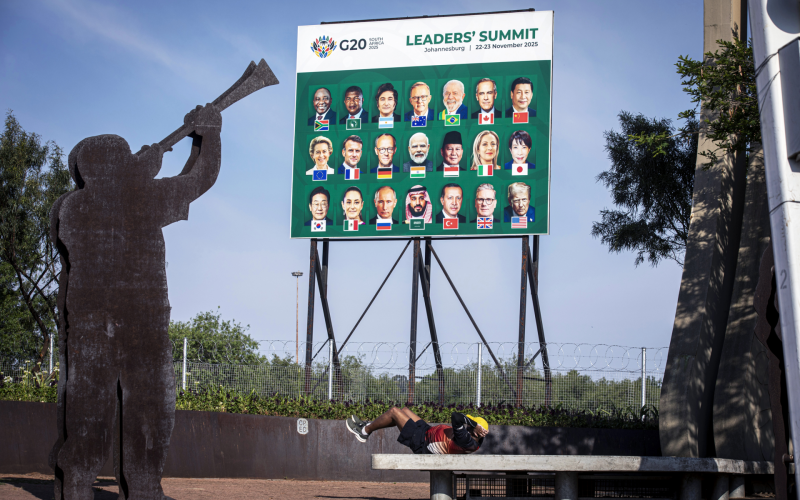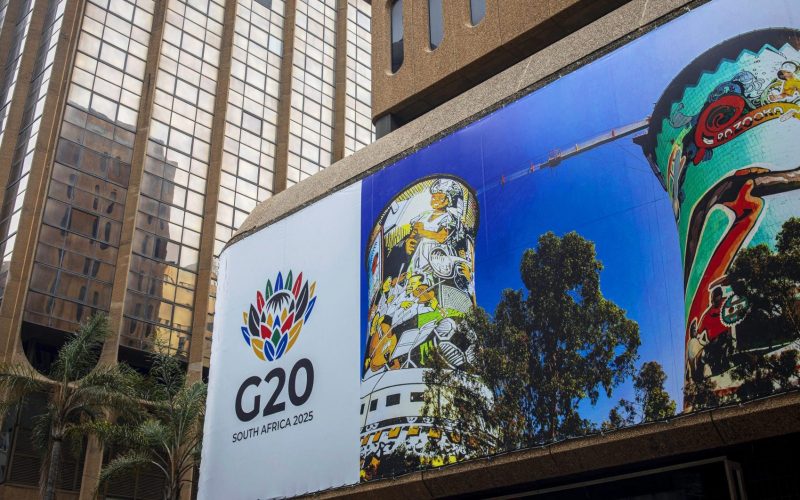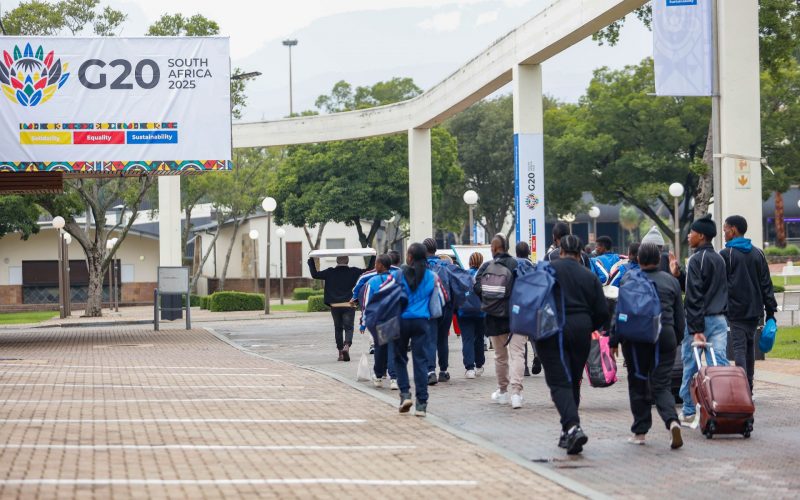The clarion call for Southern African states to integrate as a bloc has been a persistent song in the region since the formation of the Southern African Development Community (SADC) in 1992, the organisation designed to actualise this dream. Yet, 27 protocols later, including those on trade, investment, movement of people, and security co-operation, SADC states largely remain disintegrated. Beyond purported buy-in from political leaders, as shown during SADC summits, there has been little movement on the ground to implement these agreements properly.
This persistent divide, mirroring a global trend of gaps between multilateral policy proposals and their implementation, raises two pressing questions: Why, despite strong regional support for integration, has SADC struggled to translate these ambitions into concrete results? And, more importantly, how can the present barriers to regional integration be circumvented so that Southern African states can move closer to achieving the primary goal of their union, as articulated in Article 5 of the SADC Treaty?
The core argument in support of regional integration within SADC links the consolidation of the bloc’s 16 member states with higher economic growth and development, leading to reduced poverty and improved standards of living in the region. This aligns not only with SADC Vision 2050 but also the AU Agenda 2063 and the Sustainable Development Goals (SDGs) for 2030.
To achieve this, SADC, through its SADC Regional Indicative Strategic Development Plan (RISDP) 2020-2030, identifies four key pillars to guide regional integration efforts. These are peace, security and good governance, industrial development and market integration, infrastructure development in support of regional integration, and social and human capital development. These pillars advance integration across eight priority areas that include trade, infrastructure and productive sectors. Ultimately, all of these efforts are carried out with the hope and understanding that a more economically and socially integrated SADC can increase market size and trade opportunities among member states.
Fast forward to 2025, and the economic and social upheavals brought about by the US administration’s decisions on trade and aid have made the success of the SADC project more urgent than ever. In an era of rising economic protectionism, the need for coordinated responses and deeper regional integration through blocs such as SADC has become increasingly apparent. Unfortunately, key targets such as boosting intraregional trade are significantly lagging. As US President Donald Trump imposes harsh tariffs on exports from member states such as Lesotho, which currently exports about $237 million worth of textiles a year to the US, the urgency of securing alternative markets, particularly through intra-African trade, has become clear. Yet SADC finds itself unable to respond effectively.
Given that it has lacked both the capacity and political will to coordinate responses to external shocks such as the current US trade strategy, individual member states have acted unilaterally. For instance, Zimbabwe removed all import tariffs on the US in an attempt to appease Trump and safeguard its tobacco exports. This was done without consulting other SADC members, South Africa, Mozambique and Malawi, which also export tobacco to the US. SADC needs to address three key problems to position its integration project as the region’s pillar of resilience. First, it must make its agreements binding for member states. The SADC Protocol on Industry, which is meant to enhance industrialisation in SADC nations, has only been ratified by six member states despite being officially adopted in 2019. In practice, that means SADC does not have a coordinated approach for its industrialisation agenda.
Second, SADC needs to do better in terms of working with member states to help them fully use its agreements. Even those SADC protocols that have been ratified are often not fully used by member states, with the result that entities within those states meant to benefit from these initiatives are not always aware of the protocols’ existence or how they can take advantage of them. For example, over 92% of Mozambique’s eligible exports to SADC states were not using the SADC Protocol on Trade in Goods, according to research by the European Centre for Development Policy Management (ECDPM).
Finally, SADC member states need to expand their presently narrow range of exports, which remain largely concentrated in primary commodities and therefore place them in direct competition with one another. This has left very little room for value chain development among member states, as the focus has been on competing for the same markets rather than building complementary supply chains that add value to those products. Although SADC has an export strategy designed to promote intraregional trade, this plan of action can only be realised if significant steps are taken to differentiate and add value to the goods exported by each member state. Put simply, Malawi and Zambia cannot have any meaningful trade if both are selling grain to each other. A policy workaround in this area would not only require stronger coordination between SADC states but also better collaboration with private sector players in the region.
Given that the above recommendations are neither novel nor groundbreaking to those within SADC policy corridors, member states must undertake a deeper reflection on why these widely accepted and long-standing policy proposals remain unimplemented. Such introspection must go beyond technical fixes and acknowledge the structural limitations of SADC’s organisational model. It should prompt a re-evaluation of how the bloc is financed, governed, and politically prioritised.
If SADC is to fulfil its core mandate of fostering coordinated regional development, member states must demonstrate their commitment not only by funding the institution as a sign of confidence and ownership but also by aligning national interests more meaningfully with regional aspirations. The unquestionable need for deeper regional integration in Southern Africa now stands in stark contrast with the bloc’s ongoing struggle to operationalise its protocols. This persistent disconnect is not just a policy failure; it represents an existential threat to SADC’s legitimacy and long-term relevance. As the US continues to use trade as a weapon against both its allies and its adversaries, it is important for the bloc and its member states to work out a coordinated response that might limit the effect of US protectionism and continue the journey towards industrialisation. Meeting this moment may require rethinking the current balance between national autonomy and regional authority, allowing SADC institutions to take on a more assertive and coordinated role in implementing collective decisions.
Until member states begin to take regional commitments seriously and act in a unified and coordinated manner, the lofty ambitions of SADC’s integration will remain rhetorical. It is, therefore, imperative that building SADC’s operational capacity becomes the bloc’s foremost priority. By making agreements binding, streamlining implementation, and improving collective responses to external shocks, the bloc can begin to shift from paper commitments to tangible progress. Only then can national strategies and regional priorities be harmonised, and only then can the true promise of the SADC integration project be realised.
This article was first published in Business Day.


